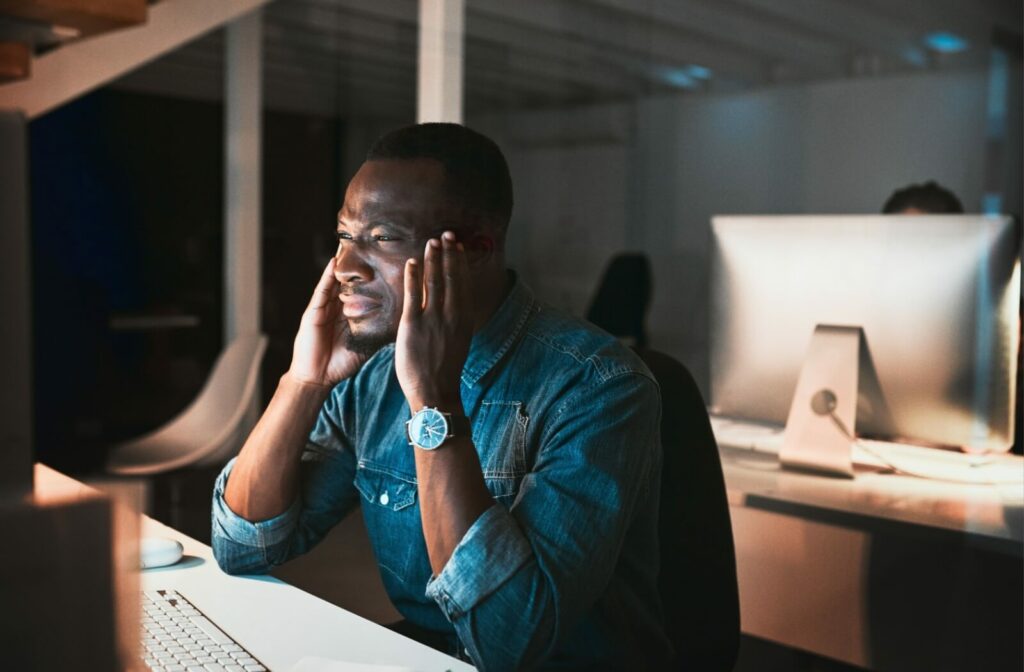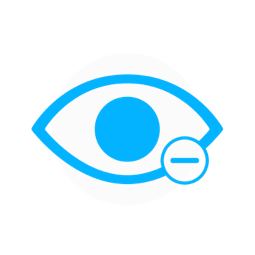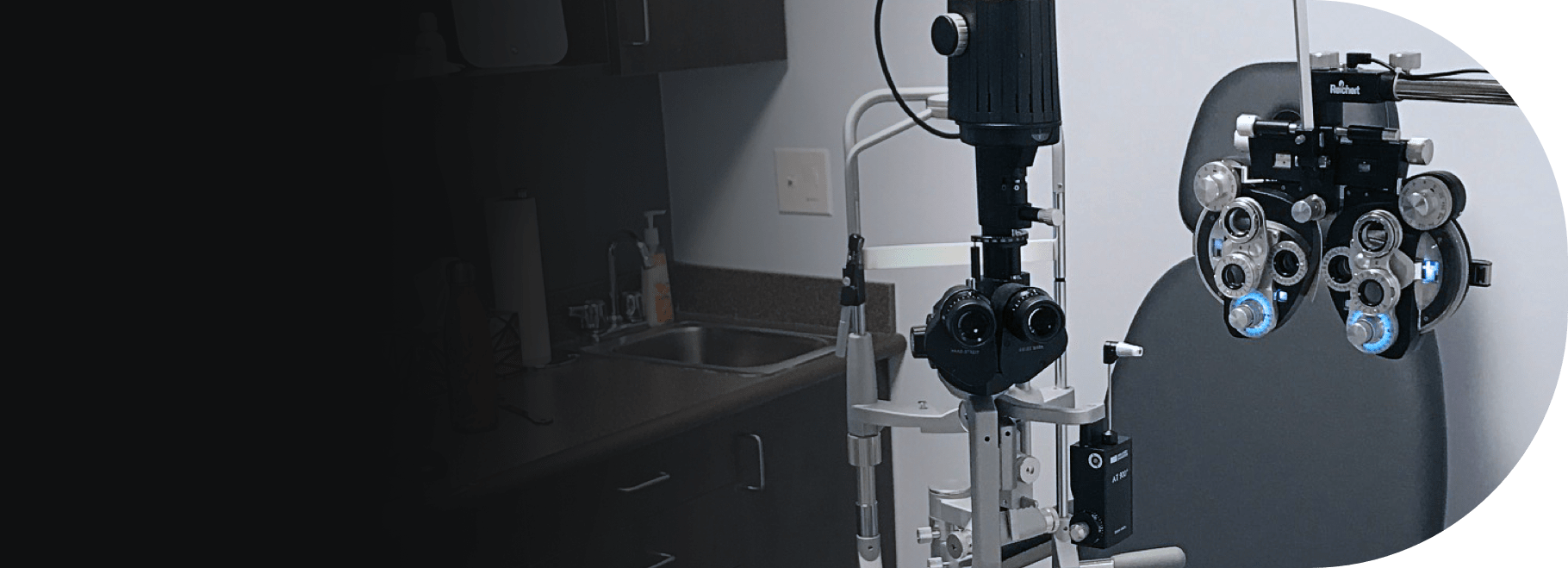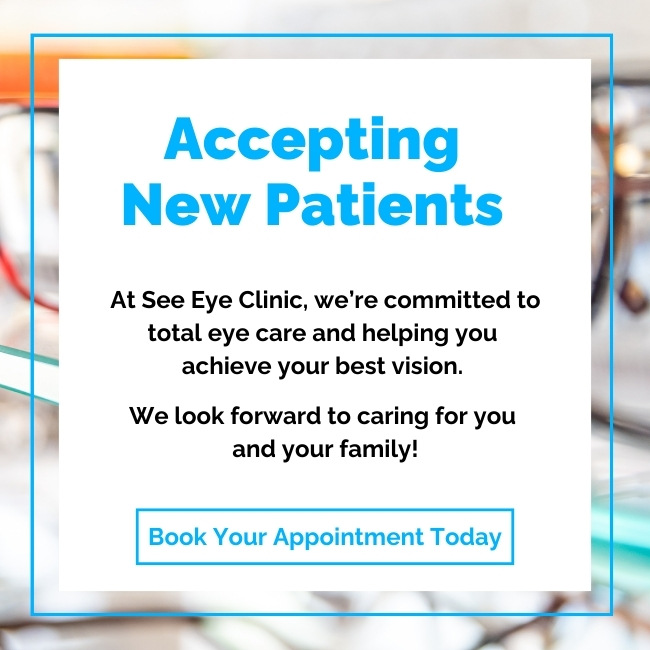Staring at screens for hours has become the norm for office workers, digital professionals, and students. But as our screen time increases, so does an all-too-common issue—eye strain. You’re not alone if you’ve been dealing with dry, irritated eyes, blurry vision, or even headaches.
If left untreated, eye strain symptoms usually disappear after a few hours once the activity causing the strain stops. However, symptoms can become chronic if the underlying cause is not addressed.
What is Eye Strain?
Eye strain, also known as digital eye strain or computer vision syndrome, occurs when the eyes become fatigued from prolonged use. Common culprits include excessive screen time, poor lighting, glare, or incorrect viewing distances.
Symptoms of Eye Strain
- Dry, itchy, or watery eyes
- Blurred or double vision
- Sensitivity to light
- Difficulty focusing
- Headaches or migraines
- Neck, back, or shoulder pain caused by poor posture
Eye strain isn’t typically harmful in the long term, but it can be a persistent annoyance. Fortunately, most cases are temporary and can be resolved with care and adjustment.
Factors Affecting Recovery Time
The time it takes to recover from eye strain varies from person to person. While some might find relief within a few hours, others may need days or weeks to recover fully.
1. Screen Time
The more hours you spend looking at a screen, the longer it may take for your eyes to recover. Digital screens emit blue light, which can exacerbate eye fatigue and disrupt your natural sleep cycle, lengthening your recovery.
2. Lighting & Work Environment
Poor lighting and screen glare can strain your eyes further. Working in a dimly lit room with a bright screen or experiencing reflections on your monitor can also make it harder to focus.
3. Break Frequency
Taking regular breaks significantly impacts how quickly your eye strain subsides. If you regularly adhere to techniques like the 20-20-20 rule (every 20 minutes, look at something 20 feet away for 20 seconds), your recovery time will likely be shorter.
4. Pre-existing Eye Conditions
If you have underlying issues such as myopia (nearsightedness), hyperopia (farsightedness), or astigmatism, the effects of eye strain may linger longer. Poor corrective lenses can also worsen the strain.
5. Your Overall Health
Fatigue, dehydration, or lack of quality sleep can amplify the effects of eye strain. A well-rested and hydrated body recovers much quicker.
Understanding these factors can help you identify areas for improvement to speed up your recovery.
Neurolens: A Solution for Digital Eye Strain
If you often experience eye strain, headaches, dry eyes, or neck pain after long hours in front of a screen, Neurolens could be the solution.
These specialized glasses use contoured prism technology to correct subtle eye misalignment—a common cause of digital eye strain. By reducing the stress on your eye muscles, Neurolens enhances visual comfort, focus, and overall eye health.
Unlike regular prescription lenses, Neurolens provides customized prism correction at all distances, making it a great option for anyone who spends a lot of time on digital devices.
If you’re dealing with ongoing discomfort, consider scheduling an evaluation to see if Neurolens is right for you at See Eye Clinic.
Tips for Preventing Eye Strain

Why wait to get strained when you can prevent it in the first place? The good news is that small changes in how we work and relax can make a huge difference.
- Consider Neurolens for Digital Eye Strain: Our clinic offers Neurolens technology, which is designed to alleviate digital eye strain, headaches, and discomfort caused by screen use. Neurolens lenses use contoured prism technology to correct eye misalignment, helping your eyes work more comfortably together—especially during prolonged screen time.
- Ensure proper lighting: Work in a well-lit environment and reduce screen glare by positioning your monitor away from direct light sources. For added relief, use an anti-glare screen protector.
- Adjust your screen settings: Lower the brightness of your screen to match your surroundings. Increase text font size to avoid squinting, and enable dark mode or blue light filters if your device supports it.
- Maintain a comfortable viewing distance: Keep your screen at least an arm’s length (approximately 20-24 inches) away, and position the top at eye level to avoid neck and eye strain.
- Blink often: Staring at screens can reduce your blink rate, leading to dry eyes. Make it conscious to blink frequently or use artificial tears to keep your eyes lubricated.
- Take regular breaks: Step away from your screen and take short walking breaks throughout your day to rest your eyes and improve overall posture.
- Invest in blue-light glasses. Wearing blue-light-blocking glasses can help minimize exposure to the high-energy blue light emitted by screens, especially during the evening.
By incorporating these habits into your routine and considering solutions like Neurolens, you can create a more eye-friendly workspace and prevent future discomfort.
When to Seek Professional Help
While most cases of eye strain are temporary, some may require medical attention. If your symptoms persist despite lifestyle adjustments, it might be time to consult an eye care professional.
Seek help if you experience:
- Chronic or worsening symptoms lasting longer than a week
- Severe headaches or migraines
- Persistent blurred vision or difficulty focusing
- Frequent eye pain or redness
We can recommend corrective lenses, including Neurolens, prescribe lubricating eye drops, or suggest ergonomic changes to your workspace to reduce recurring strain.
Take Care of Your Eyes Now for Future You
Your eyes work hard for you daily—they deserve some care. By understanding what causes eye strain, making simple adjustments to your routine, and knowing when to seek help, you can keep your eyes fresh and healthy for years.
At See Eye Clinic, we know that the effects of digital eye strain can sneak up on you. If you’re feeling the effects of digital eye strain, don’t ignore it. Start by giving your eyes the necessary breaks, fine-tuning your workspace, and adjusting your screen habits. Contact us today to book an eye exam or see about getting blue-light lenses added to your prescription.




















